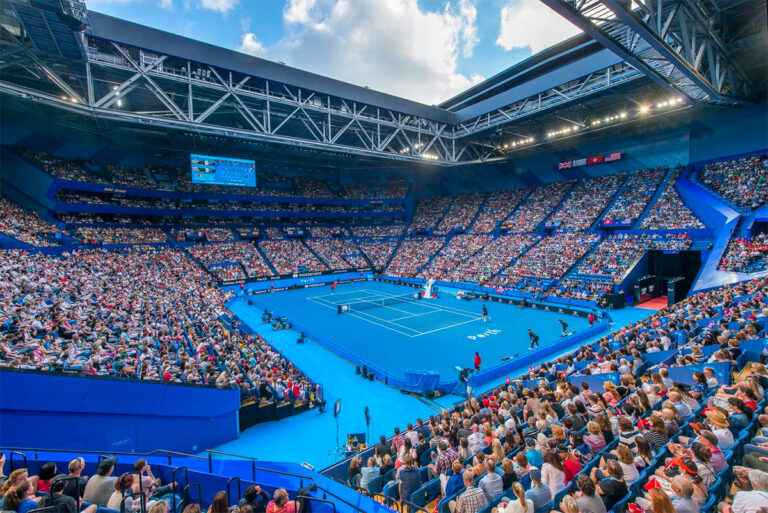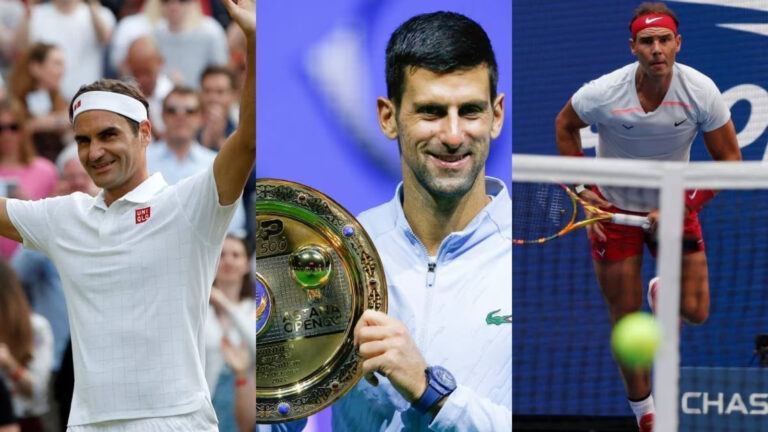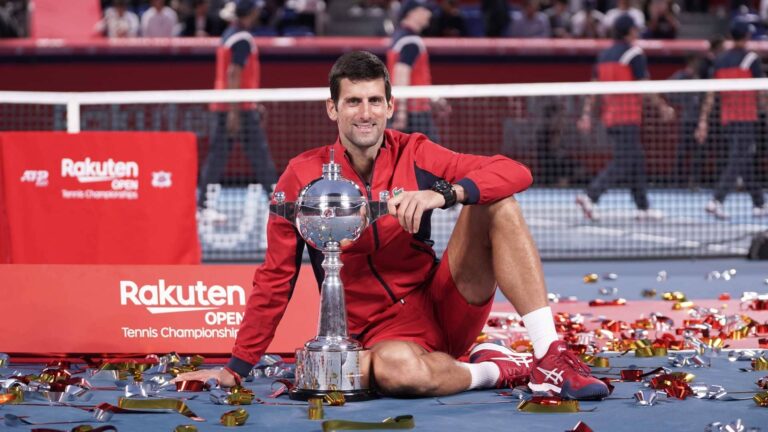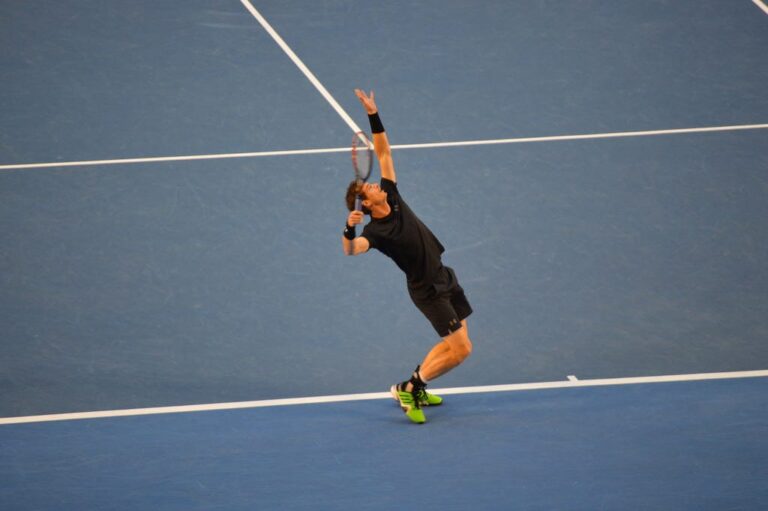Why Did Netflix Cancel the Break Point Tennis Documentary?
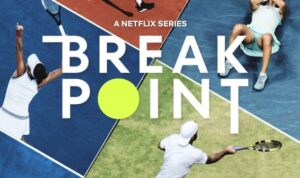
Netflix’s ambitious venture into the world of tennis documentaries, “Break Point,” aimed to replicate the unprecedented success of its Formula 1 series, “Drive to Survive,” which not only garnered a massive following but significantly boosted the popularity of motorsport among viewers. However, despite high hopes and the involvement of the same production team, “Break Point” was officially canceled after just two seasons. This decision has left many wondering: what led to the premature end of a series that had the potential to revolutionize the way we view tennis?
Also Read: Who Will Be the Host of Laver Cup 2025?
Why Did Netflix Cancel the Break Point Tennis Documentary?
The Challenge of Big Names
One of the primary factors contributing to the series’ lackluster performance was its inability to secure participation from tennis’s most iconic figures. Unlike “Drive to Survive,” which managed to bring viewers up close and personal with F1’s biggest stars, “Break Point” struggled to feature legends like Novak Djokovic and Rafael Nadal. Their absence was keenly felt, as these athletes’ stories and personalities could have added a compelling depth to the narrative, drawing in viewers and giving them a reason to stay invested.
Rising Stars vs. Established Legends
While “Break Point” did manage to include interviews with rising stars such as Carlos Alcaraz and Coco Gauff, the series was unable to provide the same level of behind-the-scenes content and personal stories from top-ranked players that “Drive to Survive” did. The presence of world No. 1 Iga Swiatek in the first season was a highlight, yet her absence in the following installment alongside other key figures underscored a significant gap in the series’ appeal.
Missed Opportunities in Storytelling
Another critical issue was the documentary’s approach to covering major events and controversies within the tennis world. Significant moments like Djokovic’s deportation from Australia and Nadal’s remarkable comeback at the Australian Open were merely touched upon rather than explored in depth. Similarly, the series overlooked pivotal stories such as Simona Halep’s doping saga—a missed opportunity to delve into the complexities and challenges faced by players off the court.
Viewer Engagement and Netflix’s Strategy
Despite the production team’s efforts to emulate the success of “Drive to Survive,” “Break Point” never quite reached the same level of viewer engagement. Compared to its motorsport counterpart and even the golf-themed “Full Swing,” the tennis documentary fell short in attracting a substantial audience. This discrepancy in viewership numbers was a likely contributor to Netflix’s decision to cancel the series, as the platform continuously seeks to allocate resources toward content that can generate widespread interest and engagement.
Conclusion
“Break Point” promised to open the doors of the tennis world to viewers, offering an unprecedented look at the sport’s highs and lows, its rising stars, and its greatest challenges. However, the series’ inability to secure the participation of tennis’s most significant figures, combined with missed opportunities in storytelling and a failure to engage a broader audience, ultimately led to its cancellation. The endeavor to capture the essence of tennis and bring new fans to the sport was commendable, but the challenges faced by “Break Point” highlight the complexities of replicating the formula of “Drive to Survive” across different sports domains. The cancellation of “Break Point” serves as a learning moment for future sports documentaries, emphasizing the importance of access, storytelling, and viewer engagement in capturing the hearts and minds of audiences worldwide.
